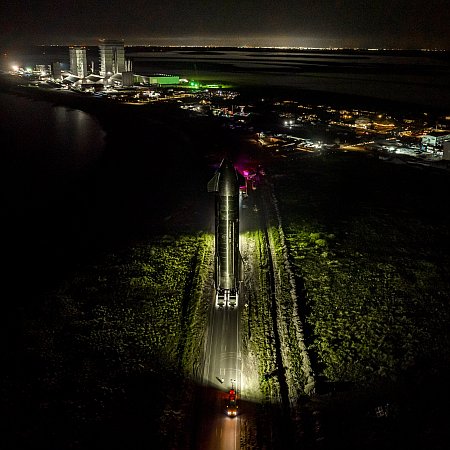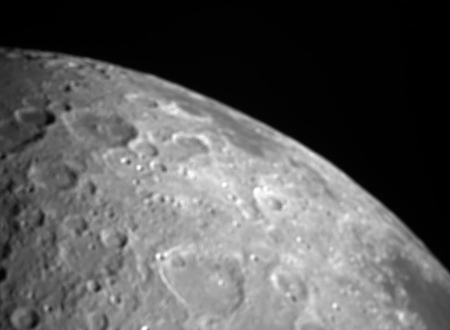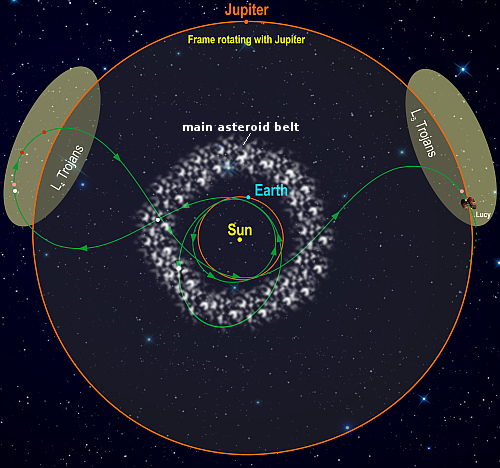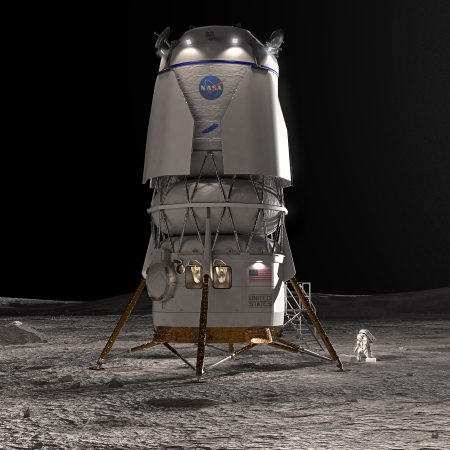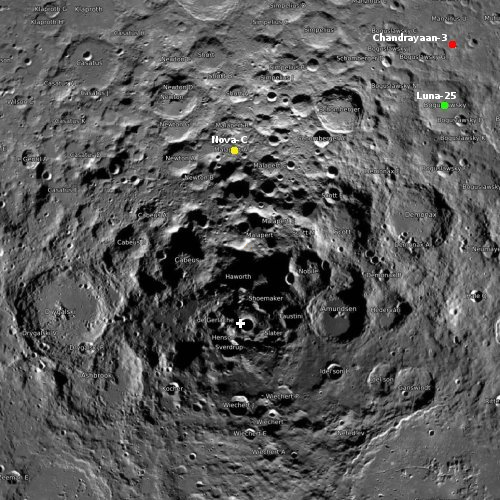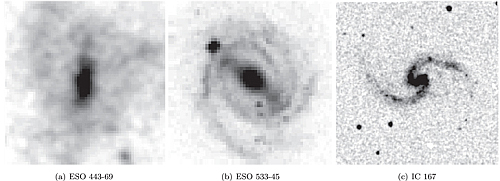Indian company joins the high altitude balloon tourist race
A new company from India, Space Aura, is proposing to fly tourists on a high altitude balloon by 2025, joining the global competition that already includes two American balloon companies as well as one Spanish company.
Space Aura’s capsule, christened prototype SKAP1, will be tethered to a high performance ‘space balloon system’, complete with an enormous parachute. The capsule will accommodate six tourists and one pilot with ample leg room and comfortable walking space. It will be pressurised during flight and will have environmental control and life support systems that maintain oxygen, pressure, and temperature levels.
Even though passengers will not experience microgravity, they would still need to prepare before flying. Prior to the launch, which will be from Karnataka, Maharashtra, or Madhya Pradesh, the group of space tourists will undergo a week of basic physical training. The duration of the entire flight is expected to be about 5.5 to 6 hours. Tourists will ascend for about 90 minutes, spend an hour gazing out at the earth below, and begin their 90-minute descent with the balloon and parachute.
The two American companies, Space Perspective and World View, claim they will be flying tourists by 2024, while the Spanish company, Halo Space, is targeting 2025.
A new company from India, Space Aura, is proposing to fly tourists on a high altitude balloon by 2025, joining the global competition that already includes two American balloon companies as well as one Spanish company.
Space Aura’s capsule, christened prototype SKAP1, will be tethered to a high performance ‘space balloon system’, complete with an enormous parachute. The capsule will accommodate six tourists and one pilot with ample leg room and comfortable walking space. It will be pressurised during flight and will have environmental control and life support systems that maintain oxygen, pressure, and temperature levels.
Even though passengers will not experience microgravity, they would still need to prepare before flying. Prior to the launch, which will be from Karnataka, Maharashtra, or Madhya Pradesh, the group of space tourists will undergo a week of basic physical training. The duration of the entire flight is expected to be about 5.5 to 6 hours. Tourists will ascend for about 90 minutes, spend an hour gazing out at the earth below, and begin their 90-minute descent with the balloon and parachute.
The two American companies, Space Perspective and World View, claim they will be flying tourists by 2024, while the Spanish company, Halo Space, is targeting 2025.






